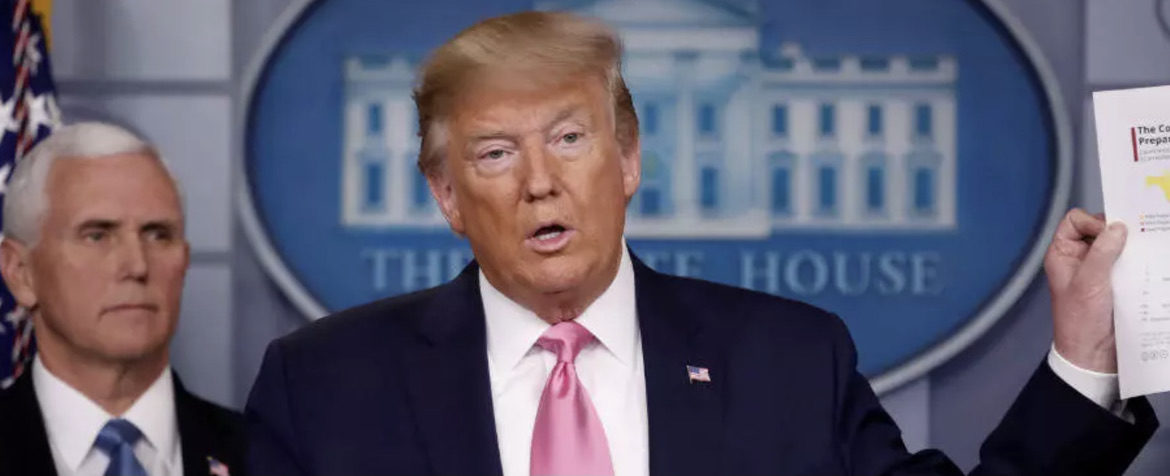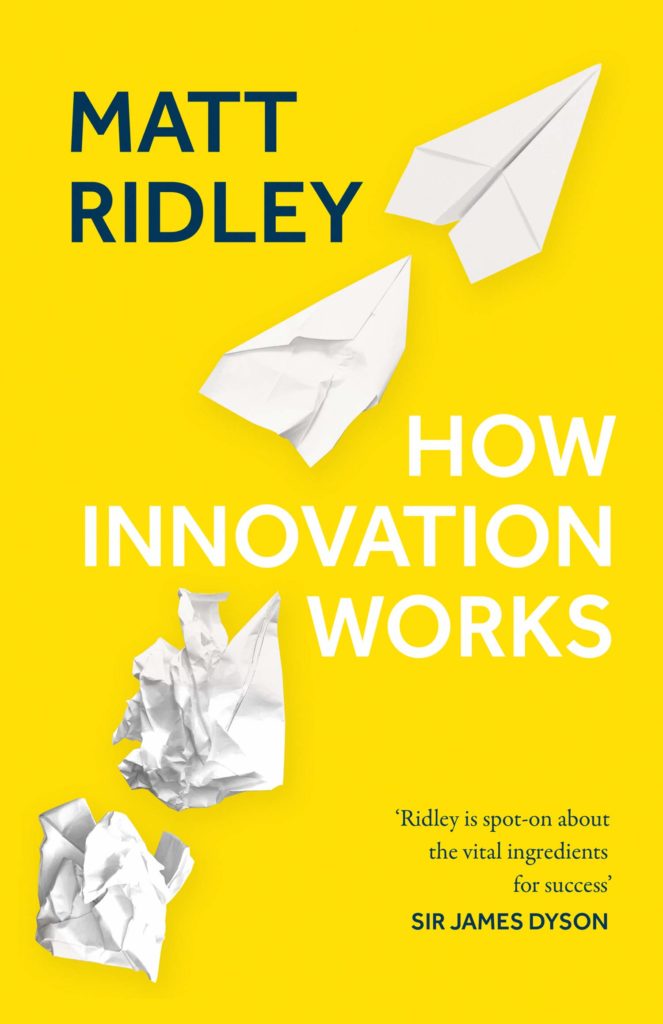Last week, former President Donald Trump released a statement seeking credit for the swift rollout of multiple vaccines to combat COVID19. He stated that if it wasn’t for him, “you wouldn’t be getting that beautiful ‘shot’ for 5 years, at best.”
As someone who has supported the former President, including in his bid for the White House in 2020, I had to shake my head. That statement is just flat out wrong. While I appreciate all the President and his administration did through “Operation Warp Speed,” the truth of the matter is, that is not how innovation works. While there could certainly be a President and an administration that could slow down the process of bringing a vaccine to market, or put obstacles in front of that process, it’s hard to see how any other President would not have gotten us to this point, at this speed. And five years? That’s laughable.
One consistent fact about innovation is that it is a gradual process and that it often happens at many places at once, considering the conditions in those places reflect a similar environment. While companies each have their own proprietary information, much of the knowledge of the world today is shared and it’s no secret on how to get from point A to point B. This is also why so many different health care and pharmaceutical companies have created their own versions of the vaccine and arrived at those points at nearly the same time.
When reflecting on the moment of history we find ourselves with the rollout of the newly “invented” COVID19 vaccines, it reminds me of the “invention” of the incandescent light bulb. Thomas Edison seems to get the credit as our “one-man” hero inventor. However, as Matt Ridley demonstrates in his book, How Innovation Works, “twenty-one different people can lay claim to have independently designed or critically improved incandescent light bulbs by the end of the 1870s, mostly independent of each other.” He adds that the light bulb “was bound to appear when it did, given the progress of other technologies.” This was more than a century before the internet.
What has made Thomas Edison stand out is that he was “the first to bring everything together, to combine [the invention] with the system of generating and distributing electricity,” says Ridley. He was also the one to make lightbulbs (almost) reliable.
One of the other aspects about how innovation works is that it is often the product of much trial and error. Here is where the release of funding by the Trump administration may have played a large part, but again, it’s hard to see a situation where another President or another administration didn’t make a similar decision to dedicate so much funding into helping these private companies increase their experimentation and invest funds into much trial and error to arrive at a vaccine (at this same speed) that might finally get us past this pandemic.
One consistent feature of politicians – even political outsiders like Donald Trump – is that they always want to take the credit. And perhaps that’s not necessarily their fault. After all, we also score them on their accomplishments and their failures, even for things way outside the scope of their work. When we do this, it is we who forget that it often isn’t a politician or even a government that achieves these accomplishments, especially in the fields of science, technology, and medicine. Rather, it is the professionals in those fields, who put in the work, day in and day out, who are the ones most responsible for the many improvements we see in our lives, thanks to the process that leads to innovation.
When you hear a politician tell you “I hope everyone remembers,” it is wise for us not to remember them, but to remember the people that actually make innovation work.


At the core of American greatness, from the founders, to Booker T Washington to Michael Long.